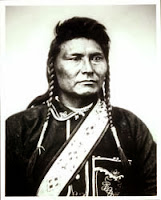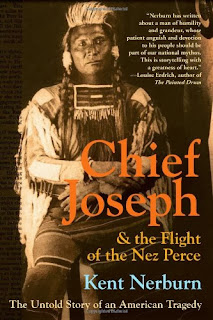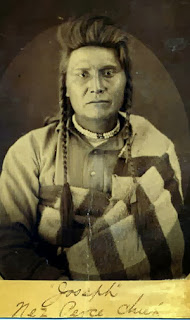Turning the page is a common metaphor for beginning a new year—often implying that we are leaving what was unpleasant in the last year behind. There was plenty of unpleasant in 2020, but some good things happened too, sometimes in spite of or even as a result of the Pandemic. Read Rich’s Post →
Turning the page





